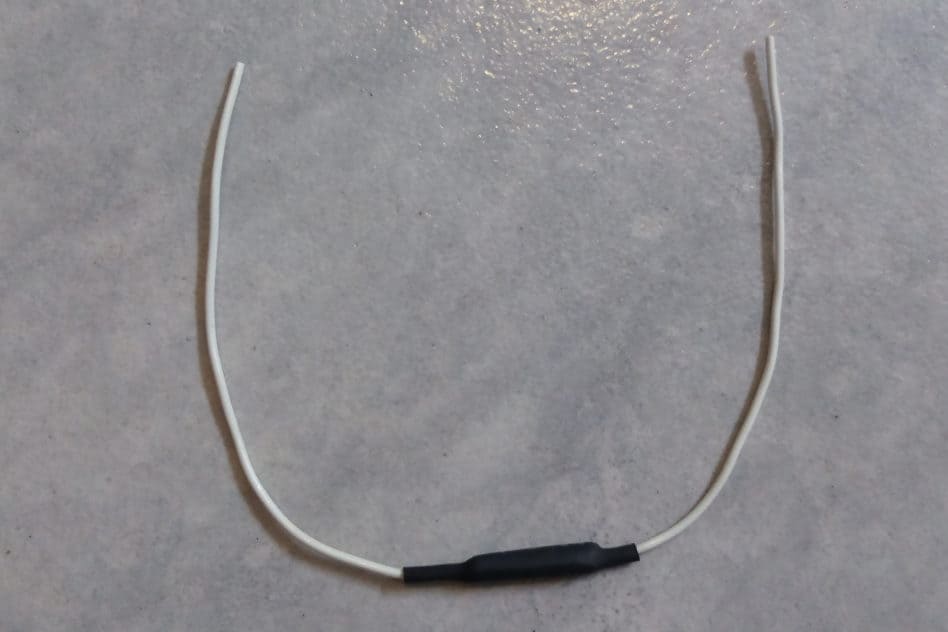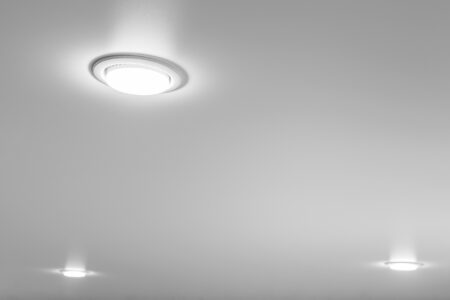Certain LED problems can be solved with a base load element. When operating LED lamps behind a dimmer or transformer, the required minimum load is often no longer achieved. With a base load as an auxiliary load, the LEDs can be safely switched on again. Here you can find out how a base load element works and how it can be used.
What is a base load element for LEDs?
A base load element is an electrical component which provides a certain minimum load. In many lighting installations, dimmers and electronic transformers are used, which require a certain minimum load to operate correctly. This is not always achieved by the capacitive power supplies of the connected LED lamps.
If the required minimum load is not reached by the connected LED lights and illuminants, they flicker after switching on or do not light up at all.
How does a base load element work?
Ohmic base load elements work with a PTC resistor. The abbreviation PTC stands for Positive Temperature Coefficient. In the cold state a PTC has a low resistance, in the heated state its resistance increases.
The base load therefore has its greatest effect immediately after the LED lamps are switched on and ensures safe activation of the output from the upstream dimmer or transformer. After switching on, the generated load drops due to the increasing resistance, so that the element has only a minimal effect on energy consumption.
Due to the ohmic resistance, base load elements are sometimes also referred to as base load resistors. However, this term can only be understood colloquially because a pure resistor would consume energy unnecessarily during operation and become very hot.
Advantages of an LED base load
The use of base load elements to solve annoying LED problems has many advantages. These include:
- Cheap price
- Passive component
- Simple installation
A passive base load element in the form of a PTC resistor is inexpensive and can easily be installed behind a transformer, dimmer or actuator after conversion to LED lamps.
When does a base load element help with LED lamps?
A base load for LEDs essentially ensures safe activation of the output of electronic ballasts or actuators. These include:
- Dimmers
- Switching actuators
- Transformers
Many electronic dimmers, transformers and switching actuators require a certain minimum load at the output. If the dimmer, actuator or transformer is switched on, the integrated electronics tries to detect a load at the output. Only if a connected load is detected, the electronic switches the voltage on to the output and the connected lamp lights up.
The cold filament of the old incandescent lamps or halogen lamps has an extremely low-resistance and represents a very high load when switched on. The required minimum load of the dimmer or transformer is more than reached here and the activation of its output usually works here without problems.
Issues after LED conversion
Compared to conventional light sources, LED lamps have a significantly lower power consumption. They also represent a capacitive load.
The required ohmic minimum load of the dimmer, transformer or actuator used is now no longer reached. The LED lamps then usually start to flicker or remain completely dark. Exactly in this case a base load element can help.
Base load for glowing lamps?
Sometimes base load elements are also recommended for short-circuiting unwanted leakage currents, causing LED lamps to glow slightly when switched off. This may work in individual cases, but in this case a suppressor capacitor is usually the better solution.
LED base load selection
Especially as a single component there are many different PTC base loads on the market. For safety reasons, however, ready-made elements should be used.
Eltako GLE base load
A recommended base load is the Eltako GLE element. Here the PTC base load is located in a muffle and is already provided with two connection wires.
Connection of base load
The base load element is connected in parallel to the lamp between phase (L) and neutral conductor (N). The element should always be connected in the switched circuit and should not be permanently supplied with voltage when the lamp is switched off.
Install base load element
The base load element can, for example, be accommodated behind the switch or in the base of a ceiling light. As the element heats up when switched on, care must be taken to ensure adequate cooling. Installation in a junction box is therefore only recommended after sufficient observation of heat generation.
Conclusion
A base load element ensures a sufficient minimum load at the moment of switching on. This allows very economical LED luminaires and light sources to be operated behind existing electronic dimmers and transformers. Now you know how a base load works and what you need to consider when choosing and connecting the load element.






